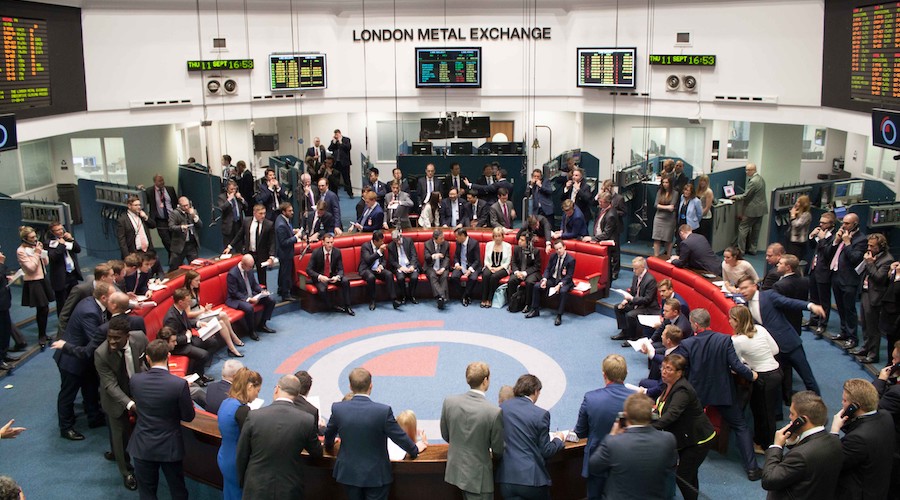
The resources are there, the report shows. Top miners posted stellar financial results for 2021, with revenues rising by 32% on the back of high commodity prices and prudent cost management.
Their combined net profit reached $159 billion last year, a staggering 127% increase from the $70 billion they recorded in 2020.
Paul Bendall, global mining leader at PwC, warns it’s unclear how long this record run will continue, given the unprecedented change the industry is facing.
“Demand for critical minerals continues to surge, operating environments are getting more challenging and new players are emerging,” Bendall says.
Figures from the International Energy Agency suggests that annual critical minerals demand from clean energy technologies will reach more than $400 billion by 2050.

A telling figure that proves the point: Market capitalizations for critical minerals miners outperformed the average reached by the Top 40 by between 49% to 147%.
“Companies need to position themselves to meet the growing demands for critical minerals, evolving customer expectations and the need to innovate to deliver higher value across the entire supply chain,” Bendall says.
To do that, PwC notes that sector players must overcome obstacles, including development timelines, price volatility, geopolitical risks, stakeholder expectations, economies of scale and economic resource scarcity.
The review highlights four areas top miners should be focusing on, including evaluating their exposure to critical minerals, identifying opportunities to own more of the supply chain, deploying capital to meet net zero emissions needs and strengthening stakeholders’ trust.
Canada’s potential
Canada could become a world leader in the energy transition given its vast resources, skilled workforce, high standards on environmental, social and governance (ESG) matters and proximity to markets that need its critical minerals.
The country is rich in lithium, graphite, nickel, cobalt, aluminum and manganese, key ingredients for advanced battery manufacturing and storage technology.
Some of these commodities, particularly copper, lithium and cobalt are already experiencing supply constrains. This, PwC warns, may have major implications for the cost and pace of the global uptake and installation of energy transition technologies.
Ottawa has taken some steps to secure domestic supply of critical minerals and metals, earmarking C$3.8 billion ($2.9bn) in the recent federal budget for this purpose.
Few countries are as vast and mineral rich as Canada, so critical mineral mining opportunities are significant.

British Columbia is the nation’s largest copper producer, the only producer of molybdenum, and though it doesn’t have operating nickel mines, there are two nickel projects in the early exploration and development stages
Ontario, Quebec and Newfoundland have significant nickel and cobalt deposits, Saskatchewan has the largest high-grade uranium resources in the world, and Alberta and B.C. have the potential to produce lithium extracted from oilfield brines.
As for Canada’s north, the Northwest Territories have “pretty well everything, if you can get access to it,” Pierre Gratton, president and CEO of the Mining Association of Canada, noted in May, when commenting on Justin Trudeau’s government’s strategy.
“There isn’t really a place in Canada that can’t be part of this strategy.”
This post has been syndicated from a third-party source. View the original article here.




